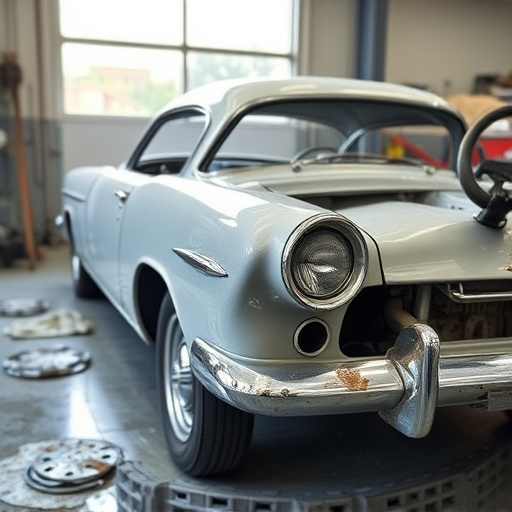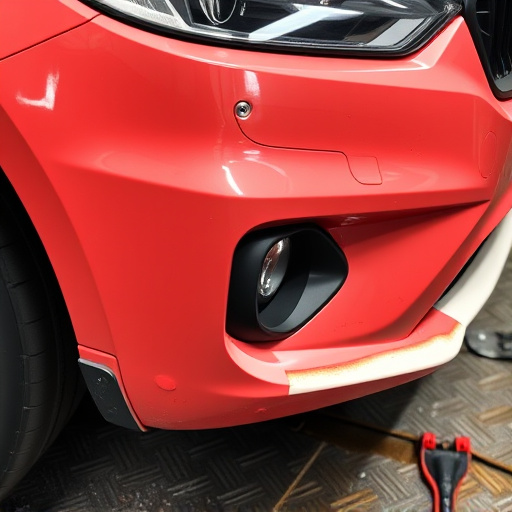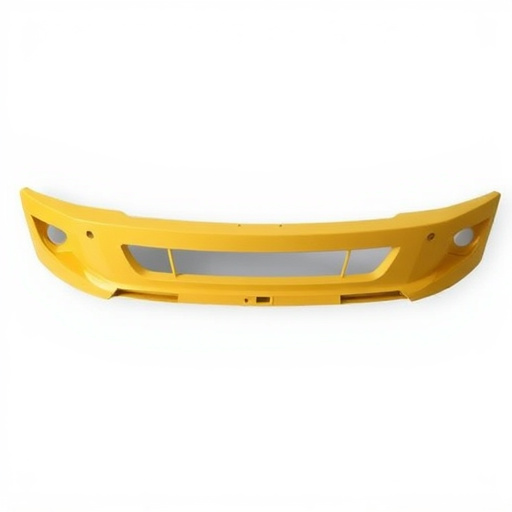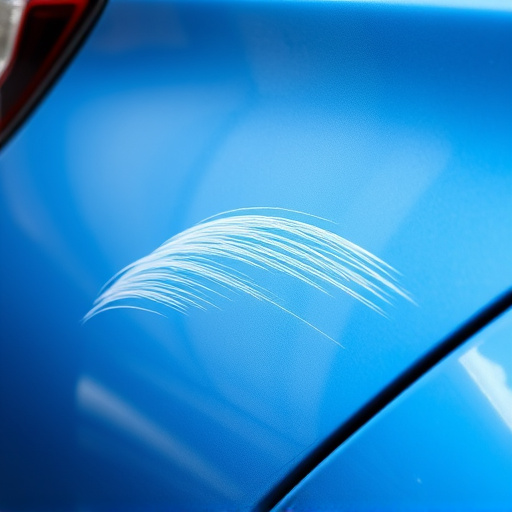Ultrasonic dent detection revolutionizes vehicle body repair by using high-frequency sound waves to accurately identify and measure dents and damage on metal surfaces, offering faster, more precise assessments compared to traditional methods, and enhancing accuracy and quality control in auto body repairs. This technology is a valuable tool for fleet repair services and automotive body shops, enabling quick detection of hail damage and efficient management of vehicle maintenance.
“Uncover the revolutionary power of Ultrasonic Dent Detection, a game-changing technology transforming industries. This article delves into the intricacies of this advanced system, explaining how it uses ultrasound waves to identify and measure dental defects. From its scientific foundations to diverse applications, you’ll explore the benefits it brings to manufacturing, automotive, and beyond. Discover how ultrasonic dent detection is ensuring quality, precision, and efficiency in various sectors.”
- Understanding Ultrasonic Dent Detection Technology
- How Ultrasonic Dents Are Identified and Measured
- Benefits and Applications of Ultrasonic Dent Detection in Various Industries
Understanding Ultrasonic Dent Detection Technology

Ultrasonic dent detection is a cutting-edge technology revolutionizing the way car body shops and auto body services approach vehicle body repair. This innovative process utilizes high-frequency sound waves to identify and measure dents, cracks, and other damage on metal surfaces with unprecedented accuracy. By transmitting ultrasonic signals through the damaged area, technicians can create detailed images of hidden imperfections that might be invisible to the naked eye.
The technology offers numerous advantages over traditional manual inspection methods. It enables faster and more precise damage assessment, reducing the time required for vehicle body repair. Moreover, ultrasonic dent detection ensures that every nook and cranny is examined, leading to more comprehensive car body shop services. This advanced approach not only enhances the accuracy of auto body repairs but also contributes to better overall quality control in the industry.
How Ultrasonic Dents Are Identified and Measured
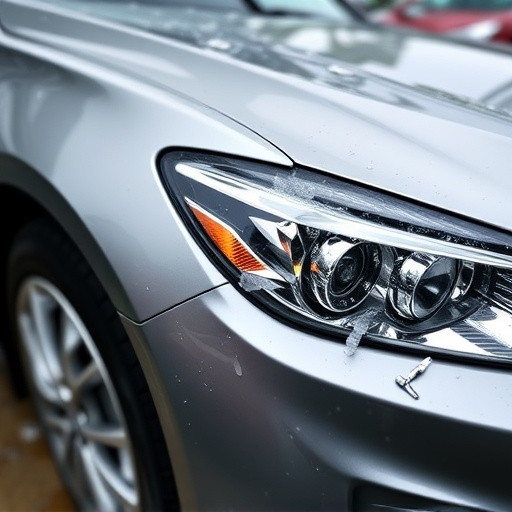
Ultrasonic dent detection is a cutting-edge technology that revolutionizes auto body repair processes. This method identifies and measures dents by utilizing high-frequency sound waves, known as ultrasounds. The process starts with a trained technician or specialized machine scanning the vehicle’s surface to detect any anomalies or imperfections, including dents hidden beneath paint or in hard-to-reach areas.
By emitting ultrasonic pulses, the system creates detailed images of the affected area, revealing the extent and depth of the dent. These measurements are crucial for accurate frame straightening, a critical step in the vehicle body shop that ensures the structural integrity and aesthetic appeal of the repaired vehicle. Advanced ultrasonic dent detection technology offers precision and efficiency, allowing for faster and more precise auto body repair compared to traditional methods.
Benefits and Applications of Ultrasonic Dent Detection in Various Industries
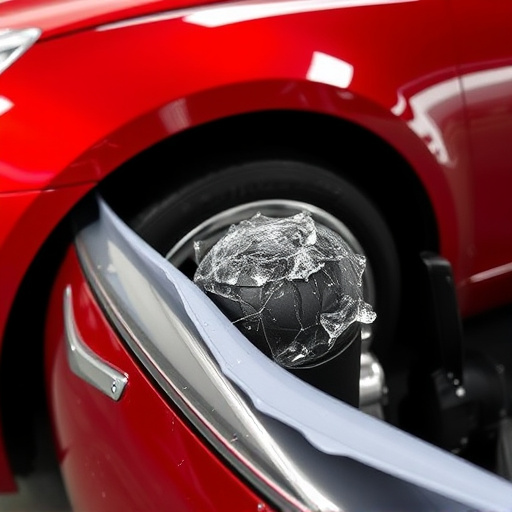
Ultrasonic dent detection has revolutionized various industries, offering precise and efficient solutions for identifying and repairing dents. Its benefits are multifaceted; it provides non-destructive testing methods, enabling quick assessments without causing damage to surfaces. This technology is especially valuable in fleet repair services, where maintaining a large number of vehicles demands swift and reliable dent detection.
The applications of ultrasonic dent detection span across different sectors. In automotive body shops, for instance, it aids in identifying hail damage repair needs, ensuring that every vehicle undergoes thorough scrutiny. Moreover, its accuracy reduces the time and resources spent on unnecessary repairs, making it an indispensable tool for efficient fleet management and vehicle maintenance.
Ultrasonic dent detection is transforming industries by offering a precise, non-invasive method for identifying and measuring dents. By leveraging advanced technology, this technique provides significant advantages such as faster defect identification, improved quality control, and reduced waste. Its applications span diverse sectors, demonstrating the versatility of ultrasonic dent detection as a valuable tool for ensuring product integrity and enhancing manufacturing efficiency.


